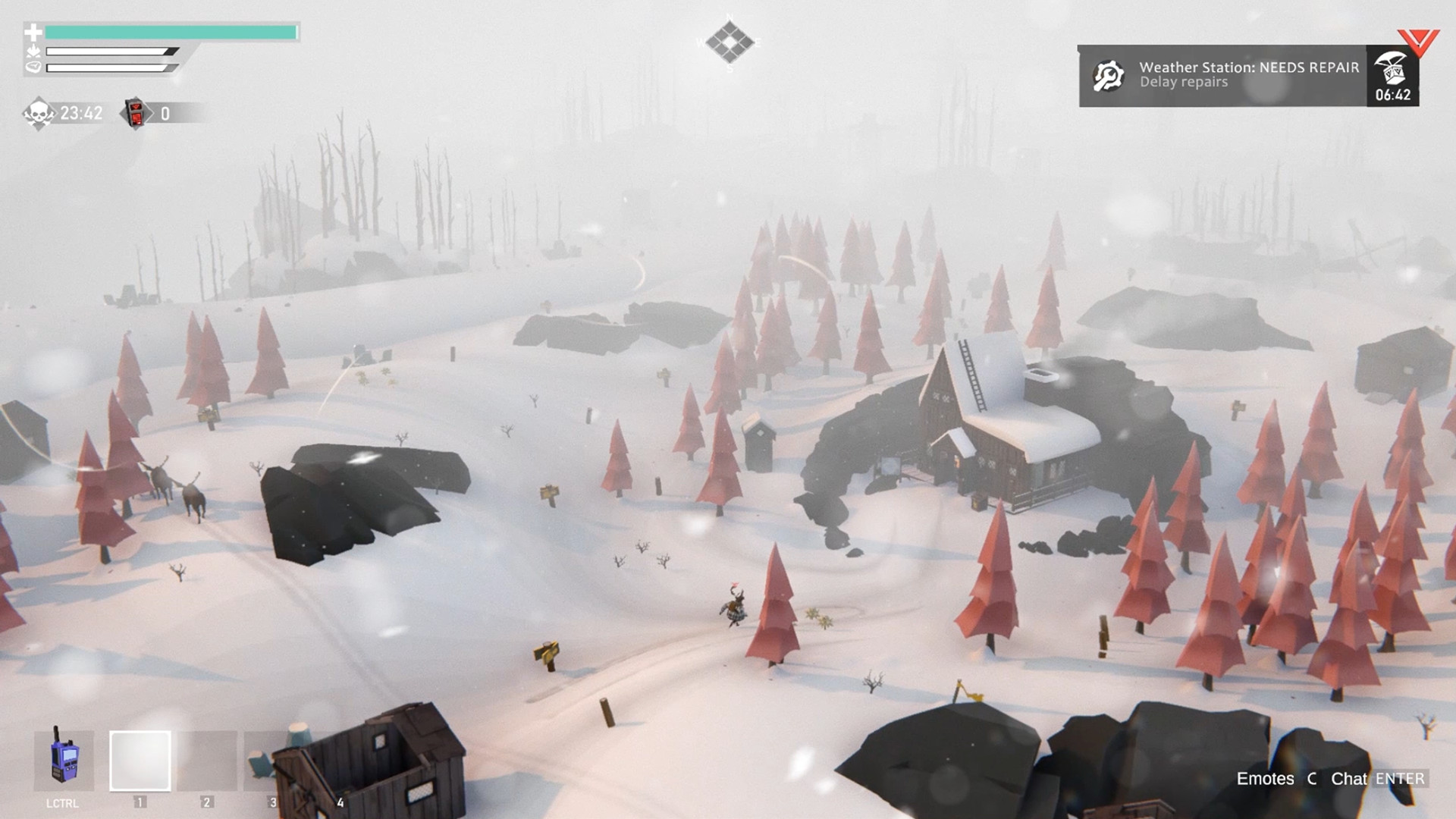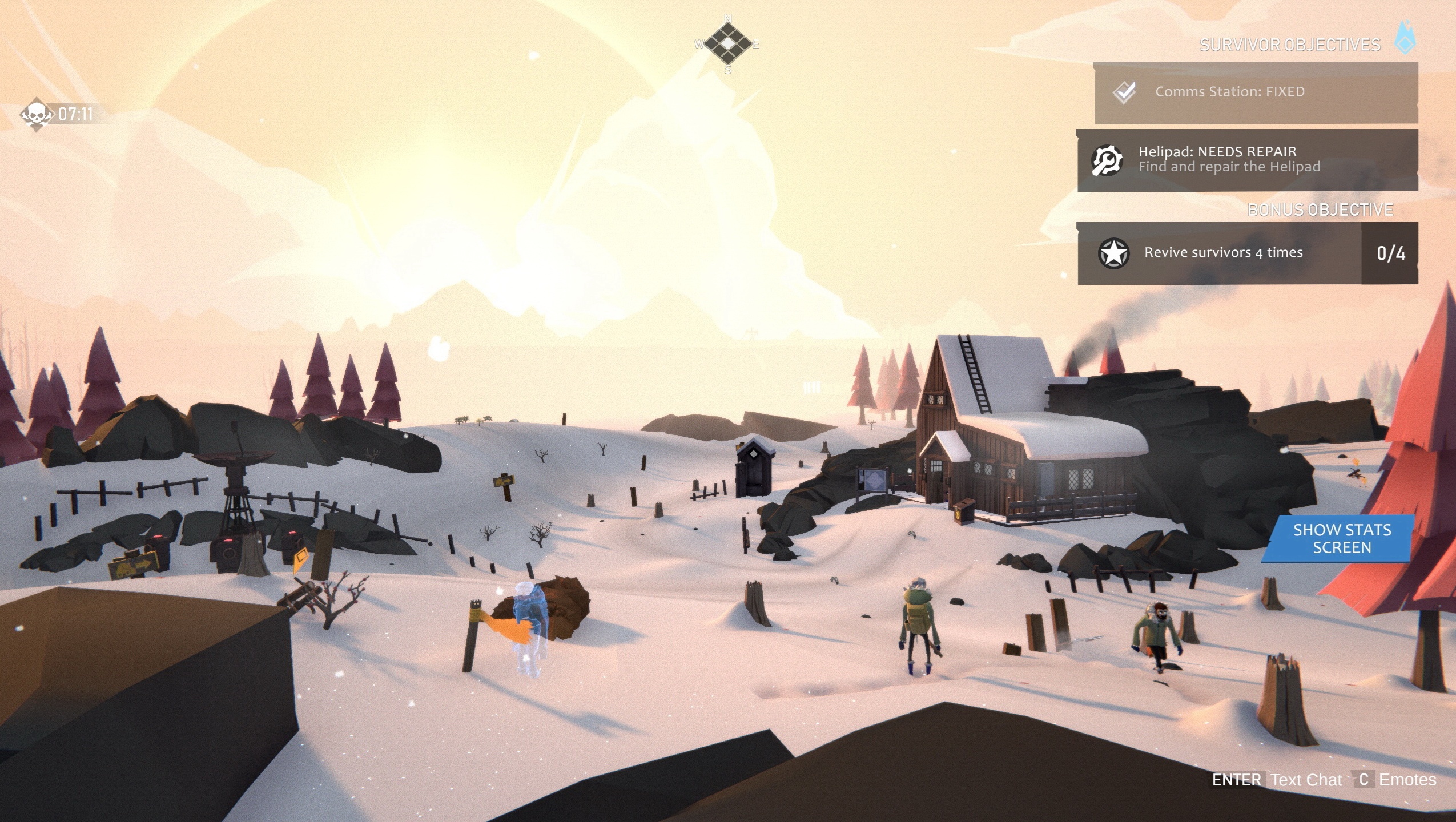
The lavish interiors were recreated under the supervision of Vasily Stasov, while his fellow architect Alexander Briullov added new designs in more contemporary styles.Īlexander II was the last of the Tsars to genuinely use the Winter Palace as his main residence. Nicholas ordered that reconstruction of the palace be completed within one year, a monumental effort considering the construction technologies of the day. In December 1837, fire broke out in the Winter Palace, destroying nearly all the palace interiors and only being prevented from spreading to the priceless art collections in the Hermitage with the prior destruction of three passages leading between the two buildings. Under Emperor Nicholas I, Carlo Rossi added the 1812 War Gallery in 1826. In the 1780s and 1790s, Giacomo Quarenghi and Ivan Starov created a new enfilade of state rooms overlooking the Neva River. Within the Winter Palace, continual improvements and revisions were made to the interiors throughout the 18th and 19th centuries. (The original stone decorations were replaced with lighter metal substitutes 1892-1902.) The palace is 22m high, and local planning regulations have prevented any building in the city centre rising higher than this ever since. The richly decorated facades feature two levels of richly decorated ionic columns, and the parapets of the building are decorated with statues and vases. The building forms a square with an interior courtyard accessed via three archways facing Palace Square. When Catherine the Great came to the throne in 1762, the new palace was nearly complete and, although Catherine removed Rastrelli from the project, his designs for the exterior of the building have remained almost completely unaltered to this day. View of the Winter Palace from Palace Square After two years proposing different plans to adapt the existing building, Rastrelli eventually decided to completely rebuild the palace, and his new design was confirmed by the empress in 1754.

Completed in 1735, the third Winter Palace served for only 17 years before Rastrelli was again asked, this time by Empress Elizabeth (Elizaveta Petrovna), to expand the building.

In 1731, she commissioned Francesco Bartolomeo Rastrelli, the recently appointed court architect who would go on to become the recognized master of late baroque in Russia, to create a new, larger palace on the site. Parts of this original palace have now been restored and are open to the public.Įmpress Anna Ioannovna was the first of Peter's descendants to reconstruct the palace. This was replaced in 1711 by a stone building, the remains of which formed the foundations of the Hermitage Theatre. The first Imperial residence on the site of the Winter Palace was a wooden house in the Dutch style built in 1708 for Peter the Great and his family. St. Petersburg's most famous building, the Winter Palace not only physically dominates Palace Square and the south embankment of the Neva River, but also plays a central political, symbolic, and cultural role in the three-century history of the city.


 0 kommentar(er)
0 kommentar(er)
